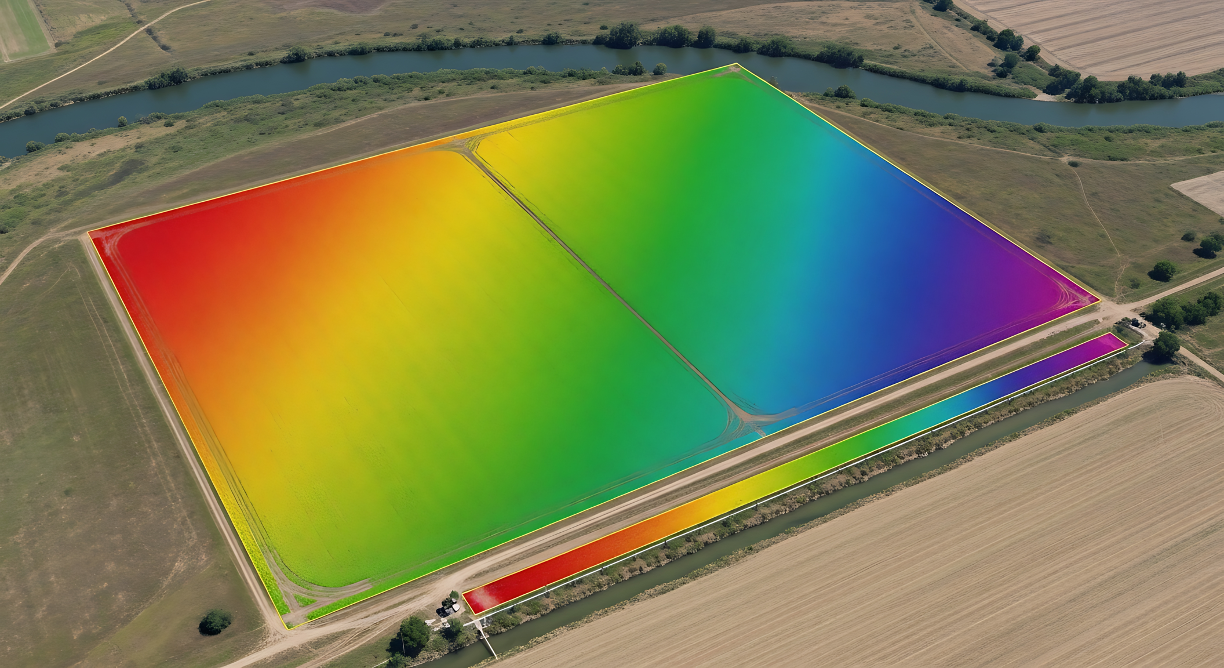Article
Jorg Feldman Wins 2015 European Award for Plasma Spectrochemistry
The 2015 European Award for Plasma Spectrochemistry was awarded to Jorg Feldman of the University of Aberdeen (Aberdeen, Scotland) at the European Winter Conference on Plasma Spectrochemistry in Münster in February. The prize promotes analytical plasma spectrochemical developments and applications in Europe, and is awarded for a single outstanding piece of work, or for continued important contributions in the field.
This award provides an opportunity for researchers working in European labs to promote their work by delivering the opening lecture at the conference. The winner also receives a cash prize of EUR 5000, coverage of the usual costs for participating at the European Winter Conference, and a trip to Japan to attend a scientific event or seminar.
Feldman’s research interests include understanding environmental and metabolic processes at the molecular level, in particular if the molecules contain an element heavier than mass 30.
Newsletter
Get essential updates on the latest spectroscopy technologies, regulatory standards, and best practices—subscribe today to Spectroscopy.




